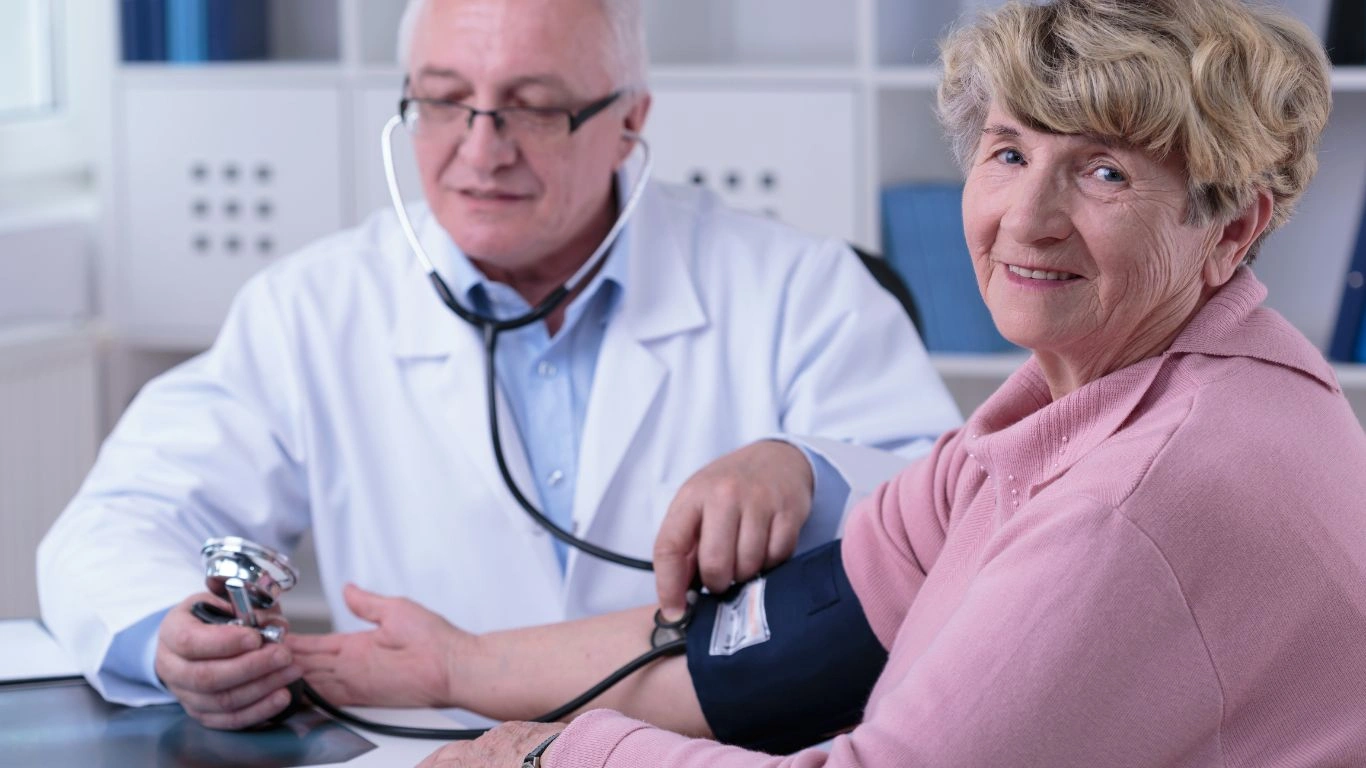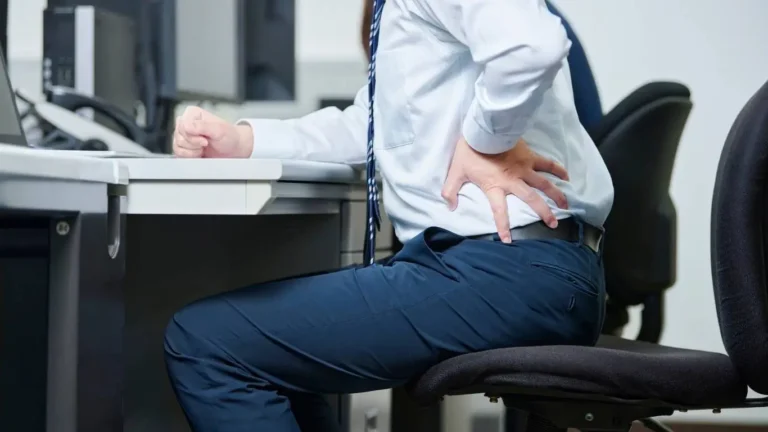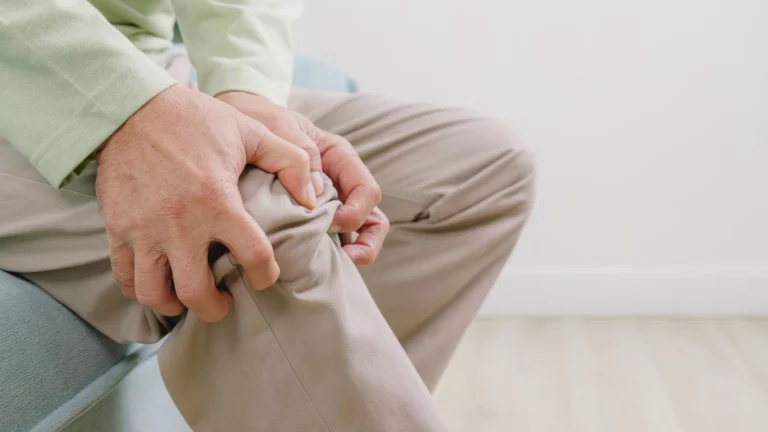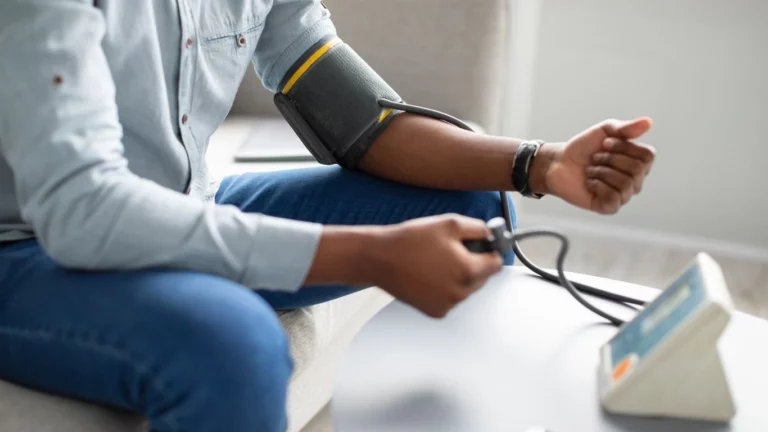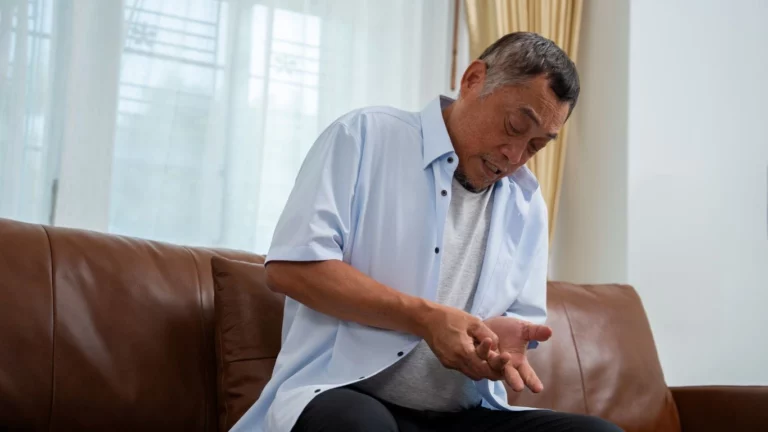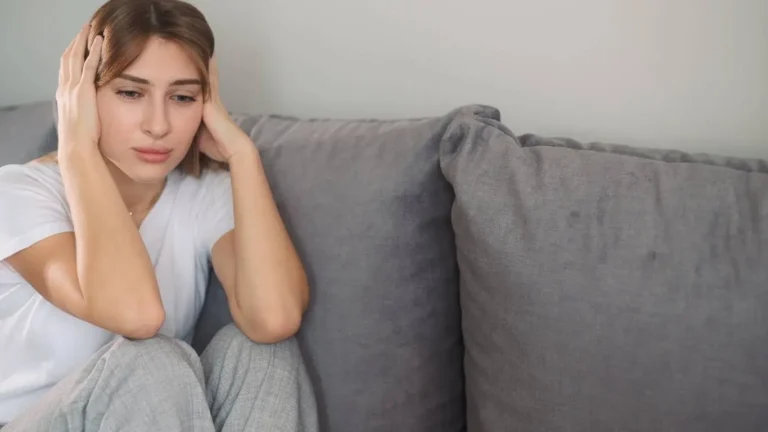How to Fix Post-Meal Hypertension: Powerful Tips to Beat Blood Pressure Spikes
If you’ve ever noticed your blood pressure creeping up after a meal, you’re not alone. As an internal medicine physician specializing in hypertension management, I’ve seen plenty of patients ask me, “How to fix post-meal hypertension?” It’s a sneaky issue that doesn’t get nearly as much attention as it deserves. While many folks are aware of overall blood pressure control, understanding the rise in blood pressure right after eating can be a game changer in managing your cardiovascular health. Let’s break down what’s really going on, and more importantly, what you can do about it.
Understanding Post-Meal Hypertension: What’s Happening in Your Body?
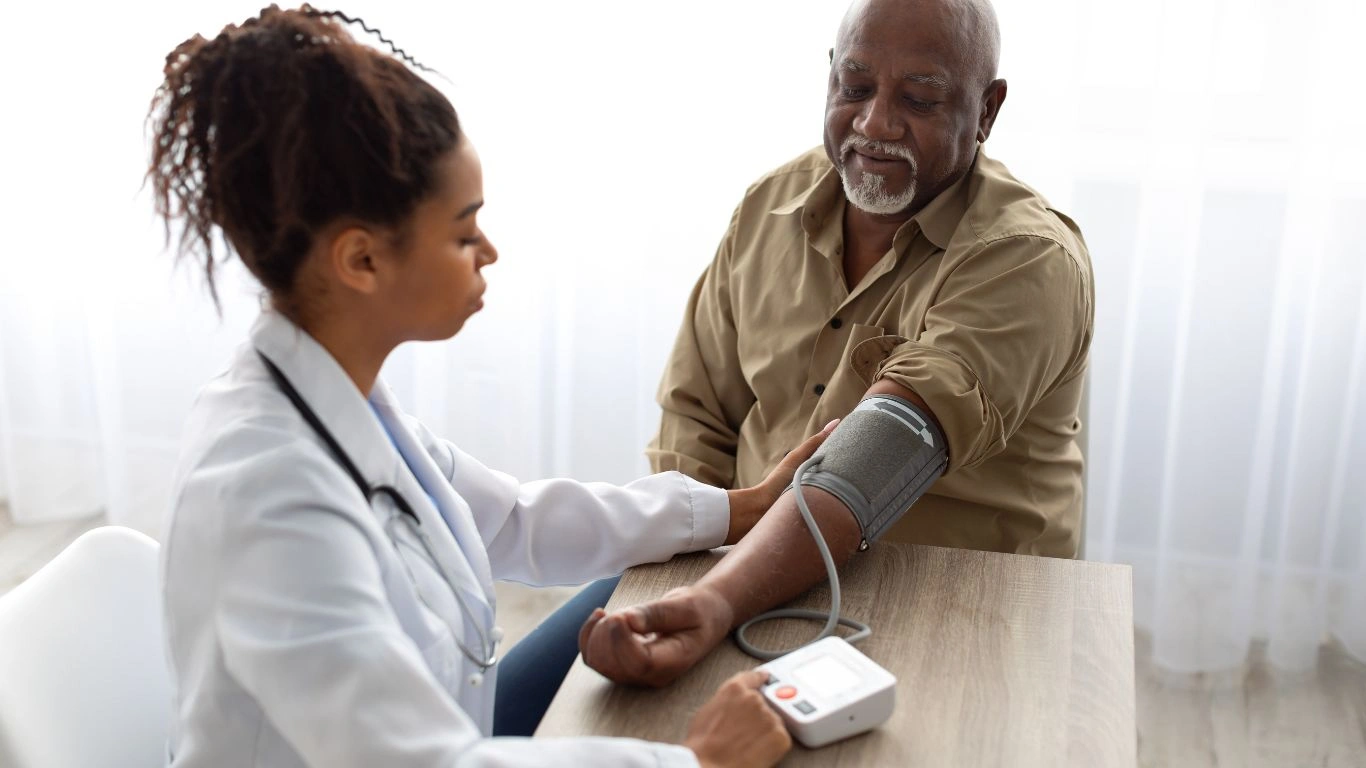
After a meal, especially one rich in carbohydrates or salt, your body kicks into action to digest and absorb nutrients. This process naturally demands increased blood flow to your digestive organs, which causes blood vessels to dilate in that area. Normally, your body compensates by adjusting blood flow elsewhere, but in some people, this adjustment isn’t smooth, leading to a noticeable spike in blood pressure.
In my clinical experience, I’ve noticed that patients with pre-existing hypertension or those who are on the brink of high blood pressure are particularly vulnerable. For some, it’s a brief blip; for others, it can persist and cause significant symptoms like dizziness, headaches, or even fatigue right after eating.
Why Does This Spike Matter?
Post-meal hypertension isn’t just a minor inconvenience—it’s a sign that your cardiovascular system might be struggling to keep up. Over time, repeated spikes can contribute to wear and tear on blood vessels and increase your risk for heart disease, stroke, and kidney problems. So, knowing how to fix post-meal hypertension isn’t just about feeling better after dinner—it’s about protecting your long-term health.
Common Triggers of Post-Meal Hypertension You Should Watch Out For
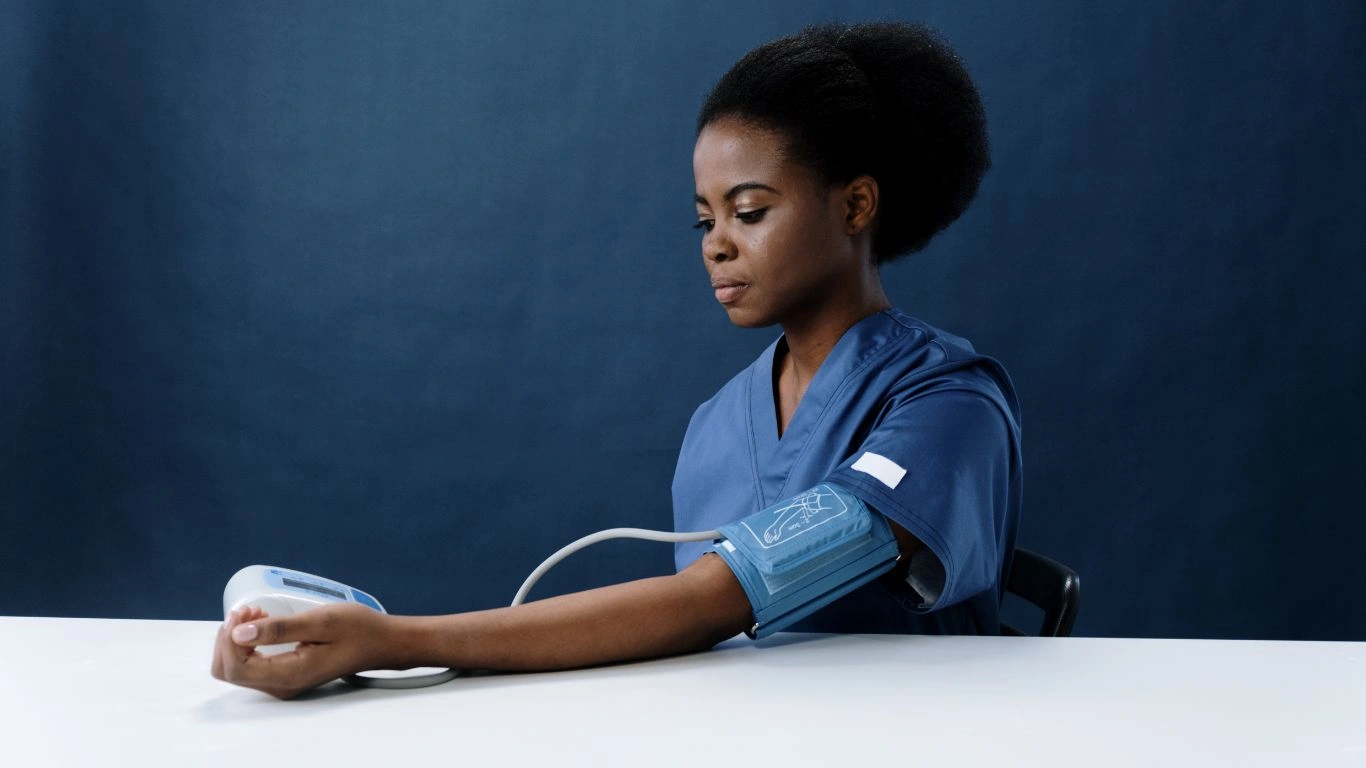
From my years working with patients, I’ve pinpointed a few dietary and lifestyle triggers that often fuel these unwanted post-meal blood pressure surges:
- High sodium intake: Salt is a well-known culprit in raising blood pressure. Meals loaded with processed foods, sauces, and salty snacks are prime offenders.
- Large portion sizes: Overeating can overwhelm your digestive system and cause more significant blood flow changes.
- Simple carbohydrates and sugars: Foods like white bread, sweets, and sugary drinks can cause a rapid increase in blood sugar and insulin levels, which may indirectly affect blood pressure regulation.
- Alcohol: While a glass of wine might relax you, excessive alcohol around meal times can raise blood pressure temporarily.
- Low potassium intake: Potassium helps balance sodium effects, so not getting enough in your diet may worsen post-meal spikes.
These triggers don’t affect everyone the same way, but if you notice your blood pressure rising after meals, reviewing what you eat and how much can make a huge difference.
Personal Experience: A Patient’s Story
I recall a patient, Mrs. L, who struggled with unexplained headaches and dizziness shortly after lunch. She was on medication for hypertension but still felt “off” during the day. After keeping a food diary together, we identified her large, salty lunches as the main trigger. By adjusting her diet and portion sizes, her post-meal symptoms dramatically improved—without increasing her medications. This experience is a perfect example of how small, mindful changes can have a big impact.
Practical Tips on How to Fix Post-Meal Hypertension
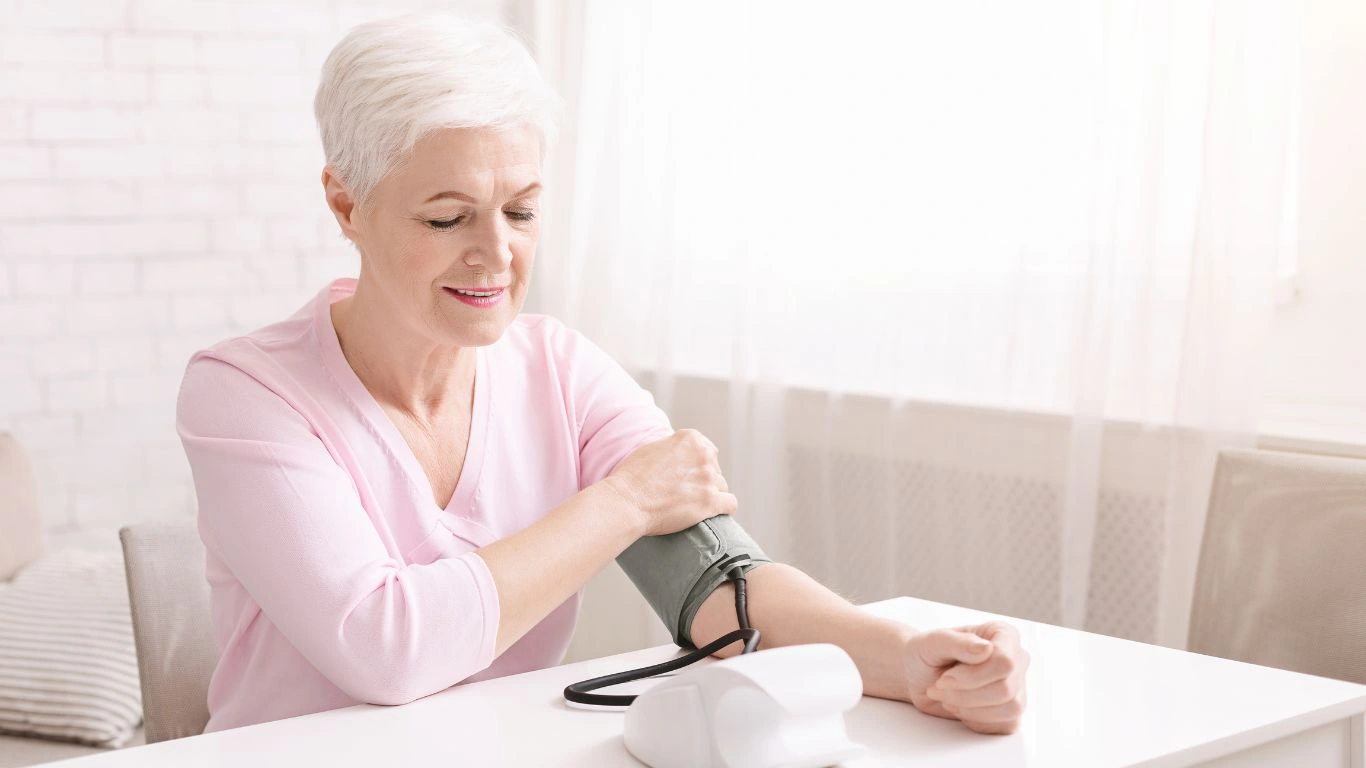
So, you’re wondering how to fix post-meal hypertension? That’s the million-dollar question, right? From my years as a hypertension specialist, I’ve learned that managing these blood pressure spikes is less about drastic measures and more about smart, consistent habits. The good news is, you have a lot of control here—sometimes more than you might think.
Here are some practical, doctor-tested strategies that I often recommend to my patients, which have helped them reduce those frustrating post-meal blood pressure jumps.
1. Eat Smaller, Balanced Meals Throughout the Day
One of the simplest ways to ease the burden on your cardiovascular system after eating is by avoiding large, heavy meals. Instead, try smaller, more frequent meals that spread out your calorie and nutrient intake. This reduces the sudden demand for increased blood flow to the digestive tract, preventing those sharp blood pressure spikes.
Including a good balance of lean proteins, fiber-rich vegetables, and healthy fats helps slow digestion and promotes more stable blood pressure levels. For example, a lunch with grilled chicken, a colorful salad, and a handful of nuts is far less likely to cause a spike than a giant plate of pasta smothered in sauce.
2. Cut Back on Salt — But Don’t Stress Too Much
Everyone knows salt is a villain when it comes to hypertension. However, the key is moderation, not complete elimination. I encourage patients to gradually reduce their sodium intake by cooking more at home and avoiding processed foods. You’d be surprised how much hidden salt is lurking in sauces, canned goods, and even bread.
Switching to herbs and spices for flavor can be a game-changer—not only does it keep your meals tasty, but it also supports better blood pressure control. From my clinical practice, I’ve seen patients’ post-meal pressures improve dramatically once they get serious about reducing salt.
3. Mind Your Carbs and Sugars
Refined carbs and sugary drinks aren’t just bad for your waistline—they can also mess with your blood pressure after meals. These foods cause rapid insulin and blood sugar fluctuations, which can indirectly increase your blood pressure.
I always suggest swapping out white bread and sugary beverages for whole grains, fruits, and plenty of water. For example, having an apple instead of a cookie or choosing sparkling water with a slice of lemon instead of soda can help stabilize your blood pressure throughout the day.
Lifestyle Changes That Support Post-Meal Blood Pressure Control

Diet is a huge piece of the puzzle, but lifestyle habits play an equally vital role in how your blood pressure behaves after meals. Here’s where the holistic approach comes in, something I always emphasize in my practice.
4. Get Moving — Even Light Activity Helps
After eating, a gentle walk can do wonders for your blood pressure. It promotes digestion and encourages better blood flow, helping to offset that post-meal spike. I often recommend my patients take a 10 to 15-minute stroll around the block after lunch or dinner.
Don’t worry about intense workouts immediately after eating—light movement is enough. Over time, regular physical activity also strengthens your heart and blood vessels, making it easier for your body to handle the ups and downs of blood pressure.
5. Manage Stress Like a Pro
Stress and blood pressure have a complicated relationship, and high stress can exacerbate post-meal hypertension. Mindfulness, deep breathing, and relaxation techniques are some of the best tools I’ve seen to help patients calm their nervous system and prevent unnecessary blood pressure spikes.
In my own experience, encouraging patients to dedicate just a few minutes daily to meditation or breathing exercises makes a noticeable difference. Plus, it’s a great habit to adopt for overall health.
6. Monitor Your Blood Pressure at Home
Knowledge is power. When you track your blood pressure regularly, especially before and after meals, you start to see patterns that help tailor your management plan. I always tell my patients, “Don’t wait for your next appointment to find out what’s going on.”
Using a reliable home blood pressure monitor can guide you in identifying triggers and evaluating how well your lifestyle changes are working. Plus, it helps you feel more in control, which is half the battle.
When to Talk to Your Doctor About Post-Meal Hypertension
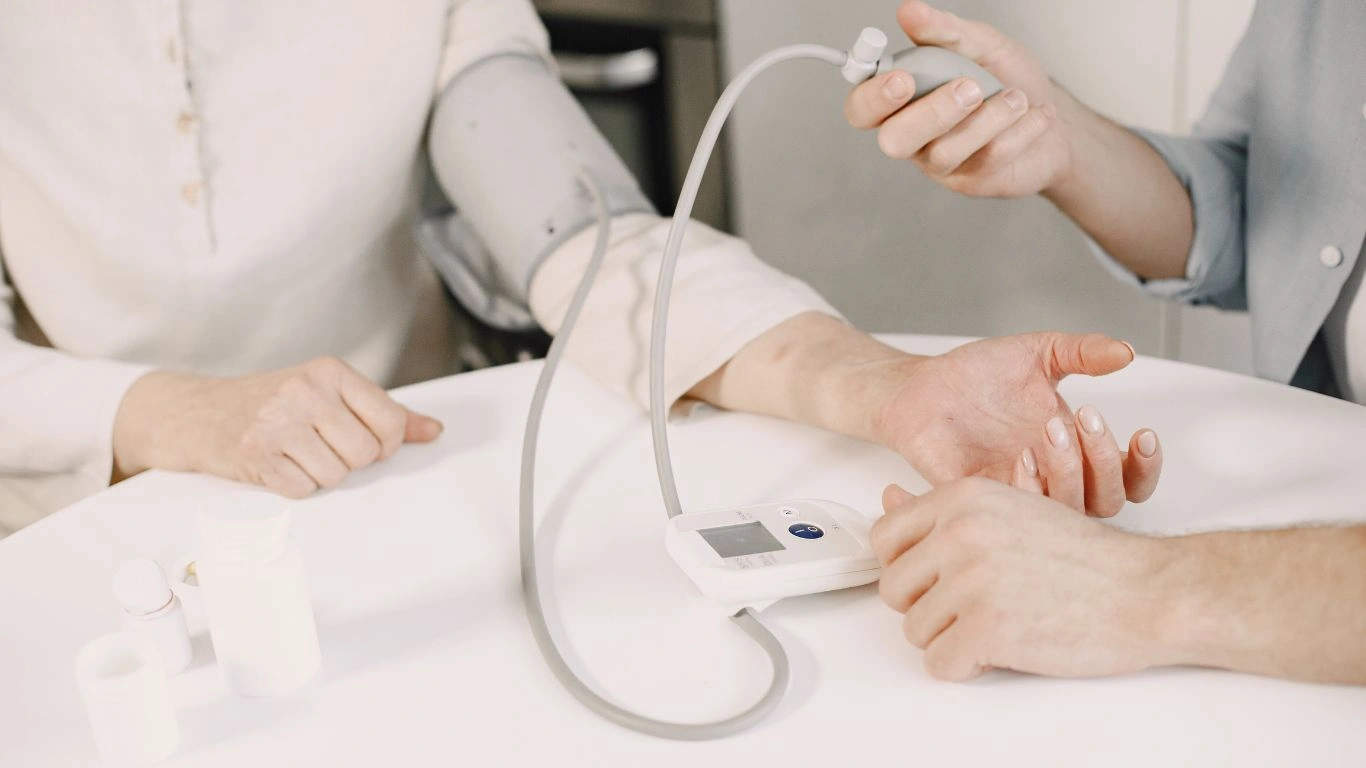
While many cases of post-meal hypertension can be managed with lifestyle tweaks, it’s crucial to know when professional guidance is needed. If you experience persistent symptoms like dizziness, chest pain, or severe headaches after eating, don’t brush them off.
In my clinical practice, I’ve found that sometimes these symptoms signal more complex cardiovascular issues or medication adjustments. If lifestyle changes alone aren’t keeping your post-meal blood pressure in check, your doctor may explore further testing or modify your treatment.
Remember, managing hypertension is a partnership between you and your healthcare team. Open communication, honest symptom reporting, and consistent follow-up are the pillars of effective care.
Medications and Medical Approaches to Manage Post-Meal Hypertension
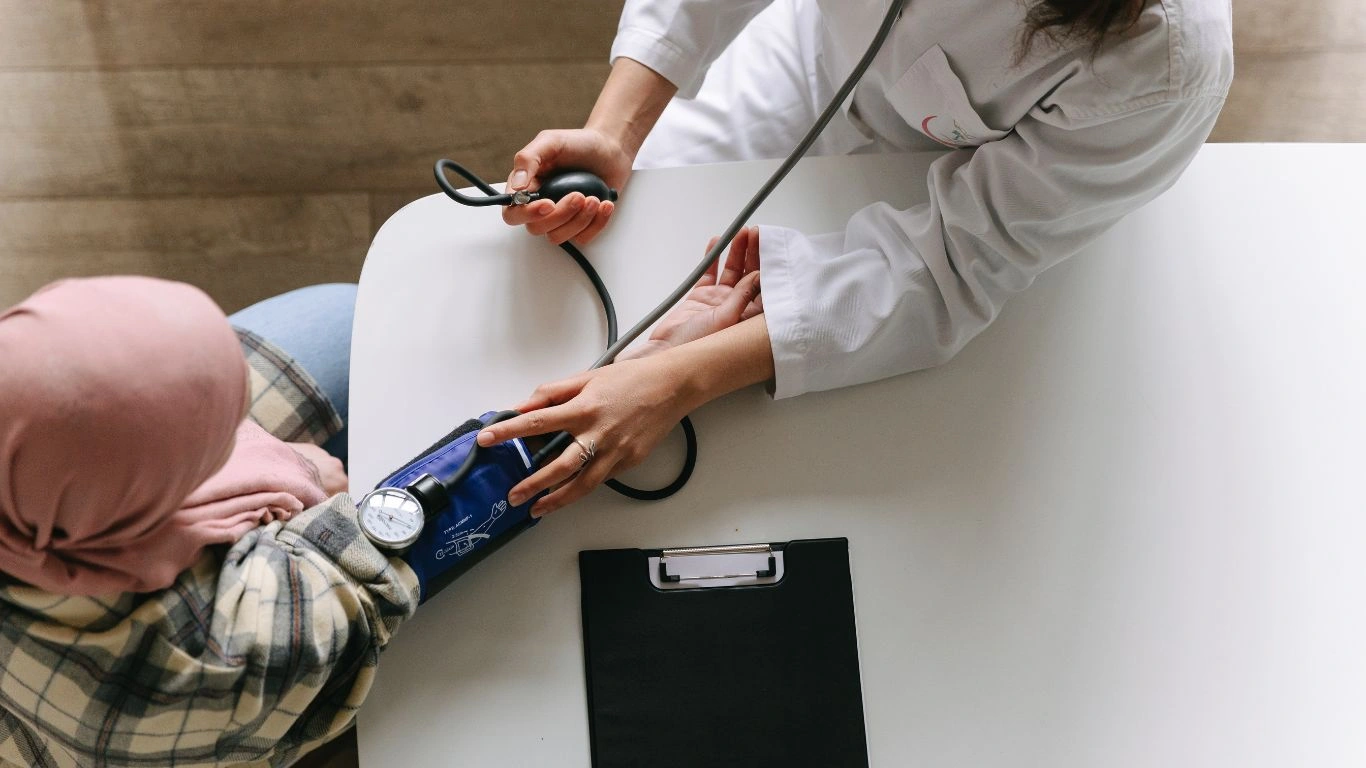
While lifestyle adjustments form the cornerstone of managing post-meal hypertension, sometimes they aren’t enough on their own. In my clinical practice, I’ve seen many patients who benefit from medical treatment tailored to their individual needs. If blood pressure spikes after eating are persistent or severe, medications may be necessary to keep things under control.
The key is working closely with your healthcare provider to find the best strategy for you. Here’s a quick rundown of common medication types used and how they may help with post-meal blood pressure issues.
Antihypertensives: Your Allies in Blood Pressure Control
Many classes of antihypertensive drugs can be effective in smoothing out post-meal spikes. These include:
- Calcium channel blockers: These medications relax and widen blood vessels, improving blood flow and reducing pressure after meals.
- ACE inhibitors and ARBs: By targeting the hormonal system that controls blood pressure, they help maintain steadier levels throughout the day.
- Beta blockers: Often prescribed for heart rate control, they can indirectly reduce blood pressure fluctuations after eating.
During patient consultations, I always emphasize the importance of adherence to prescribed medications and regular follow-up. Skipping doses or stopping meds abruptly can lead to dangerous blood pressure spikes, including post-meal ones.
Timing and Medication Adjustments
Sometimes, tweaking when you take your medication around mealtimes can make a big difference. For instance, some antihypertensives may be more effective if taken just before or after meals. I remember a patient who struggled with morning hypertension but found relief after we adjusted the timing of her medication to align with her biggest meal of the day.
Never make changes to your medication schedule without consulting your doctor, but don’t hesitate to bring up your concerns during visits. Personalized treatment plans are often the best way to manage tricky blood pressure patterns like post-meal hypertension.
The Role of Sleep and Hydration in Blood Pressure Stability

You might not immediately link sleep and hydration to blood pressure after meals, but they’re actually big players in the game. From my experience, patients who maintain good sleep hygiene and stay well-hydrated tend to have more stable blood pressure readings overall.
Quality Sleep Supports Heart Health
Poor sleep or sleep disorders like sleep apnea can cause your blood pressure to spike during the night and make it harder for your body to regulate pressure during the day—including after eating. I always ask my patients about their sleep patterns because it’s often an overlooked piece of the puzzle.
If you’re not sleeping well, it might be worth discussing a sleep study or exploring lifestyle changes to improve rest quality. Better sleep equals better blood pressure control—and that’s a fact backed by countless clinical studies.
Hydration Helps Your Circulatory System Function Smoothly
Staying hydrated keeps your blood volume stable and supports proper vessel function, which can blunt sudden blood pressure rises after meals. I often encourage my patients to drink water consistently throughout the day and to limit caffeinated or sugary drinks that can dehydrate you.
Final Thoughts on Taking Control of Post-Meal Hypertension
As someone who’s spent years working directly with patients struggling with blood pressure challenges, I want you to remember this: post-meal hypertension is manageable. It’s about tuning into your body, making thoughtful lifestyle choices, and partnering with your healthcare team.
Each person’s journey is unique, and what works well for one individual might require adjustments for another. But armed with the right knowledge and support, you can significantly reduce those post-meal blood pressure spikes and improve your overall cardiovascular health.
References
- American Heart Association
- The New England Journal of Medicine
- American Heart Journal
- American Gastroenterological Association
Disclaimer
This article is intended for informational purposes only and does not substitute professional medical advice, diagnosis, or treatment. Always seek the advice of your physician or other qualified healthcare provider with any questions you may have regarding a medical condition or treatment plan.

Dr. Gwenna Aazee is a board-certified Internal Medicine Physician with a special focus on hypertension management, chronic disease prevention, and patient education. With years of experience in both clinical practice and medical writing, she’s passionate about turning evidence-based medicine into accessible, actionable advice. Through her work at Healthusias.com, Dr. Aazee empowers readers to take charge of their health with confidence and clarity. Off the clock, she enjoys deep dives into nutrition research, long walks with her rescue pup, and simplifying medical jargon one article at a time.
